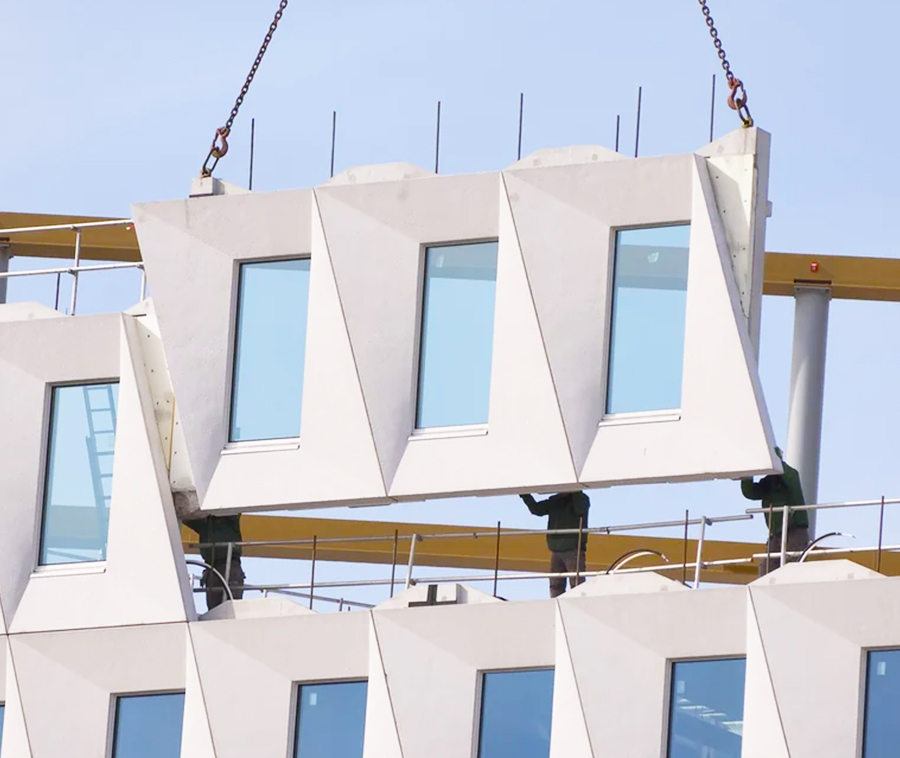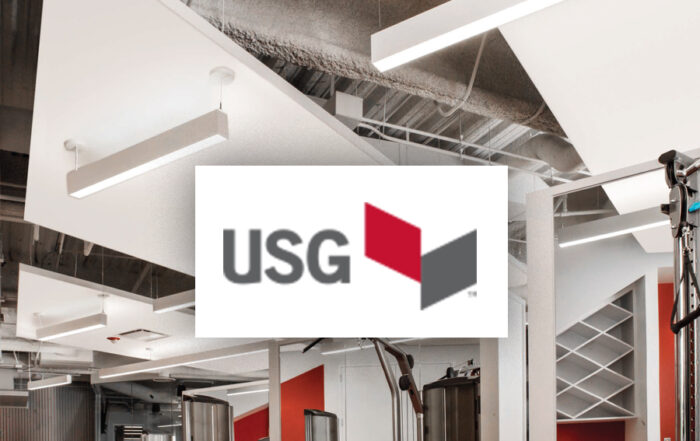Prefabrication: A Game-Changer for Overcoming Construction Challenges

The construction industry continually faces evolving challenges, and as we navigate the ever-shifting landscape of the 21st century, new complexities have arisen. Increasingly severe weather conditions, persistent labor shortages, and supply chain disruptions have become formidable obstacles for builders and architects striving to complete projects on time, within budget, and with a focus on sustainability.
In response to these challenges, 2023 has witnessed a significant surge in the adoption of prefabrication, offering a transformative solution to the multifaceted issues plaguing traditional construction methods.
Challenges with Conventional Building Projects:
- Weather Delays: An Escalating Challenge Weather and climate-related disasters are causing disruptions in construction projects worldwide. In 2021 alone, the U.S. incurred over $1 billion in losses due to weather-related events, significantly impacting the construction industry. With climate change intensifying the frequency and severity of these events, the specter of construction delays looms larger than ever.
- Labor Shortages: A Persistent Dilemma Persistent shortages of both skilled and unskilled labor continue to pose a significant challenge for building professionals. This situation is expected to worsen in the coming year.
- Supply Chain Issues: Unraveling Complexity Since the onset of the COVID-19 pandemic in 2020, supply chain disruptions have plagued the construction industry. Transportation bottlenecks, geopolitical uncertainties, and the enduring impact of the pandemic have created a storm, affecting the availability of construction materials, leading to extended lead times, and causing volatile prices. The result is a challenging environment for accurately estimating project costs and adhering to project schedules.
Prefabrication: A Paradigm Shift in Construction Dynamics As builders and architects grapple with these challenges, prefabrication has emerged as an innovative and efficient solution. Prefabrication involves the assembly of building components off-site, providing a controlled environment that mitigates the impact of weather delays.
Here’s why prefabrication has gained substantial traction in 2023:
- Weather-Proof Construction: Prefabrication’s Resilience Prefabrication minimizes the vulnerability of construction projects to weather disruptions. By fabricating components in a controlled, off-site environment, builders can circumvent the uncertainties of on-site construction. This not only reduces the risk of weather-related delays but also enhances the overall resilience of structures against climatic challenges.
- Labor Efficiency: Maximizing Resources Labor shortages are less of a concern in the realm of prefabrication. The assembly-line nature of off-site construction allows for more efficient use of skilled labor, optimizing productivity and overcoming the challenges posed by a scarcity of construction workers. This efficiency translates to accelerated project timelines and a more stable workforce.
- Supply Chain Resilience: Prefabrication’s Advantage Prefabrication mitigates the impact of supply chain disruptions by reducing the reliance on real-time material availability. With components manufactured in advance, builders can circumvent the uncertainties associated with volatile material prices and long lead times. This translates to more accurate cost estimates and improved project scheduling.





